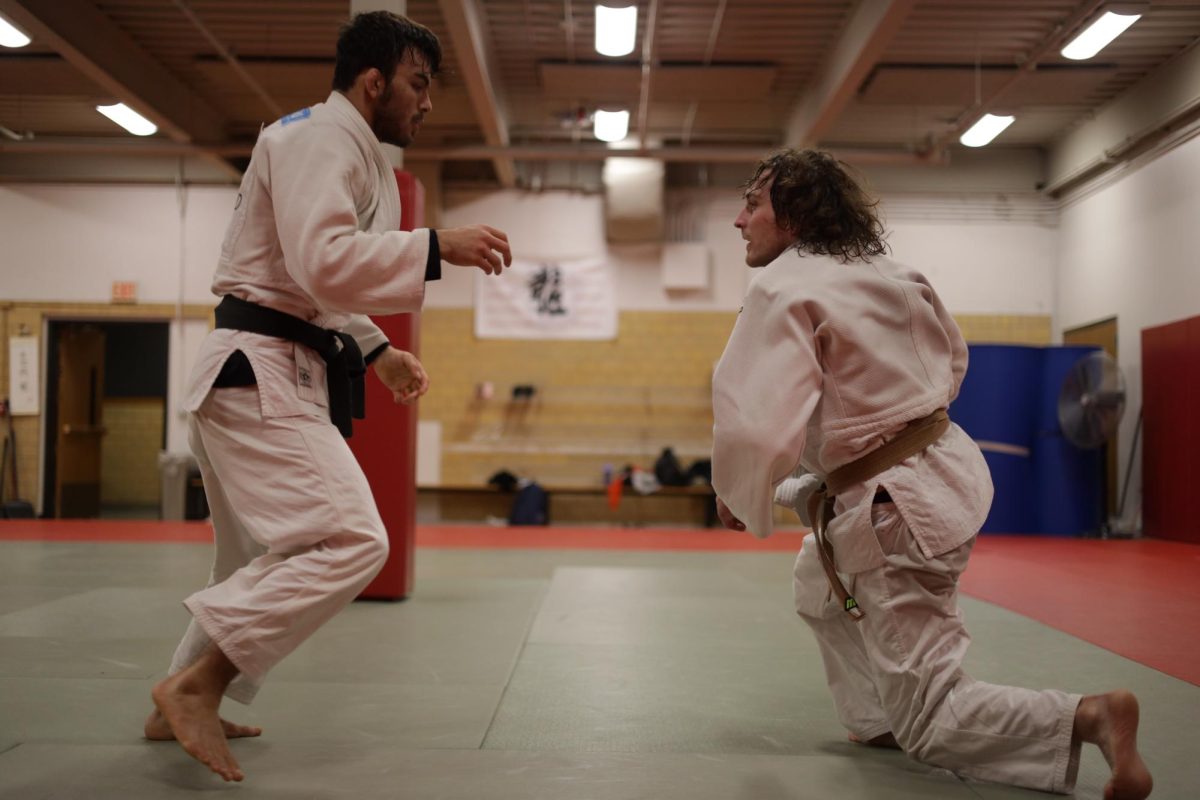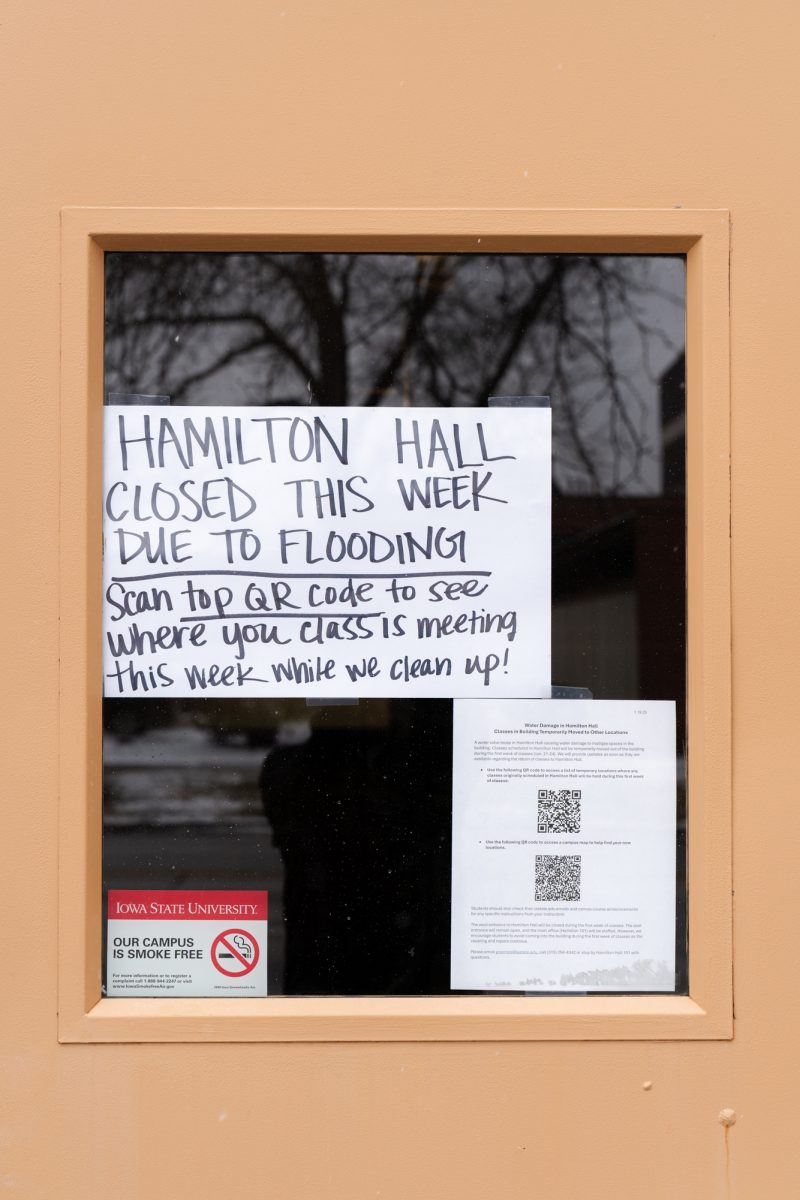Anatomy of a decision
May 2, 2004
In a year marked by decisions — Veishea cancellation, college combination, budget reductions and tailgating debates — ISU President Gregory Geoffroy insists he’s never questioned his decision to serve as head of the university.
“I really do like what I’m doing,” he said.
And Geoffroy said he believes this year has been typical in many ways.
“Universities, because of their complexities and size, often have a wide range of issues every year that have to be dealt with,” he said.
However, Geoffroy admitted there have been tough choices to be made this year, particularly those centering on his decision last week to suspend the university’s 82-year-old Veishea celebration and the many decisions that have had to be made throughout the year in response to budget cuts from the state.
Following the April 18 morning riot that resulted in about 40 arrests during Veishea weekend, Geoffroy said a decision on the celebration’s fate might not be made until fall. Last Tuesday, he announced his decision to cancel the celebration in 2005 and appoint a task force to determine the future of Veishea.
“It became fairly clear that we could not wait until the fall because the Veishea organizers and planners needed to know what was going to happen,” he said.
“Plus, it was very clear that it would not be helpful for the university to be hanging under that cloud of uncertainty … a decision of this magnitude should not be made and communicated during the summer when people aren’t around. That’s really not appropriate.”
The decision to move student tailgating farther from Jack Trice Stadium, which was made during summer 2003, is one Geoffroy said he isn’t up-to-date on.
“I actually don’t know where those discussions are at the moment,” he said.
“[The decision is] involving Vice President [for Student Affairs Thomas] Hill and student leaders, and I haven’t had an update in awhile.”
Despite the high profile of the Veishea celebration decision, budget-related choices this year were the most painful to make, Geoffroy said.
“We had really tightened our belt over the last few years, and when the budget cuts came this year, there was just nowhere to turn, and we had to make really tough decisions as a result of those,” he said.
Last fall, the universities were instructed to make an additional 2.5 percent across-the-board cut.
“That was a lot of money, and we had to make it fast, and we wanted to try as much as possible to keep the budget reductions away from students,” he said.
As a result, Geoffroy said many programs and activities not directly tied to academics received big cuts.
A related decision was to institute the first-ever combination of colleges, the College of Education and the College of Family and Consumer Sciences, to save administrative costs.
Despite efforts to keep students away from the cuts, Geoffroy said he knows they are feeling them.
Geoffroy said at a time when Iowa State is educating 2,500 more students than it was in 1996, state appropriations remain at the ’96 level.
“Many of the legislators believe that the university has another source of money, and that’s tuition income, and as much as we all hate to say that, when state budgets got very, very tight, many legislators thought the university could make up for it with tuition,” he said.
And although students have felt this rise in tuition, it has not been able to make up for lost state funding.
“I don’t think students have fully understood how much money we’ve lost from state support and what that has meant that we’ve had to do in terms of cutting the budgets to the university, and of course, that’s the main reason why tuition has gone up as high as it has,” Geoffroy said.
Despite the budget woes, he expressed optimism at the university’s future and his goals remain as lofty as when he first began his position at Iowa State in July 2001.
“Our aspiration is to be the best university in fulfilling our land-grant responsibility to the people of Iowa and the nation, and that’s what we’re working to achieve,” he said.
He also said, despite the ups and downs that have come with his job, he hasn’t had any surprises yet.
“I think I understood what was involved in being a university president before I got here,” he said. “I had worked for several university presidents … I knew what the job involved.”






